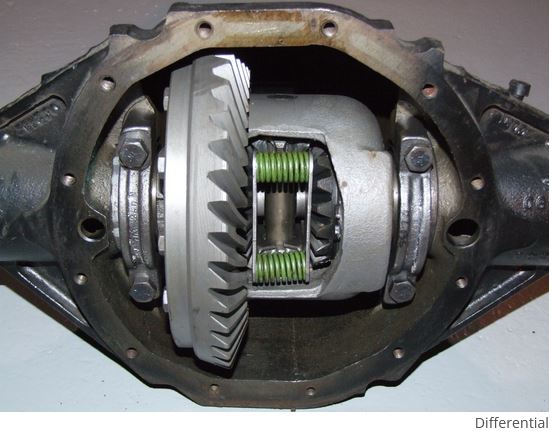How Often Should I Change Differential Fluid? Fluid change intervals depend on your vehicle, driving conditions and gear oil quality. _by David Paiuilldorf | july 26, 2023 A differential is a set of gears that allows a vehicle’s driven wheels to revolve at different speeds when going around corners or over rough terrain. Those gears […]
You are browsing archives for
Tag: differential
Should I Change Fluid in a Filled-for-Li...
What’s up with these “Filled-for-Life Transmissions”? John Baker|Jan 04, 2019 9:10 AM Casual motorists generally take no interest in crawling under their vehicles on a Saturday afternoon. And, when was the last time you heard someone express excitement over dropping their car off at the dealership for maintenance? The automakers know this, which explains the […]
How Often Should I Change Front or Rear ...
When to change differential fluids John Baker|Nov 08, 2017 10:09 AM It depends on your vehicle, driving conditions and differential fluid quality. That’s a pretty vague answer, but it’s true. If you drive your truck primarily on the highway in temperate conditions and rarely tow or haul, you likely don’t need to change front […]
Sold on AMSOIL – Now He Is A Dealer
DEALER: ‘EVERYTHING RUNS BETTER, LASTS LONGER’ How could it be you might ask? The answer lies in the devotion to manufacturing products of the highest possible quality and not reduced to increase profits. The position for a company to do that is risky these days but it’s why AMSOIL customers travel many miles to buy. […]


